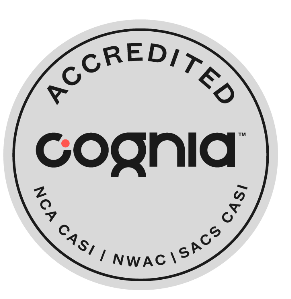Before the first United States Congress ratified the constitution and before the election of George Washington, a process of setting apart land for educational use was established by the Continental Congress to ensure children of the new country would be educated. When Utah applied for statehood in 1894, 7.5 million acres were granted for this purpose, and a permanent fund was established where proceeds from the sale and use of these land assets were deposited so that the fund would continue to generate revenue.
Since that time, the permanent fund has grown to over $2.5 billion. A portion of the annual earnings from the permanent fund is distributed through districts and charter schools to all public schools in the state for the purpose of addressing academic needs. The annual distribution from the School LAND Trust program has grown from $4.95 million in the 2001-2002 school year to a planned distribution of over $92.8 million in 2021-2022.
- Preparing a LAND Trust Plan
The LAND Trust plan should focus on addressing the most pressing academic needs identified in the school’s Teacher Student Success Plan. Begin the LAND Trust Plan by setting improvement goals for the identified needs that are specific, measurable, achievable, realistic and time-based.
Finding Solutions
- Review applicable school-wide assessment results
- Identify factors that influence assessment results
- Invite school and district education specialists to recommend solutions that are research-based
- Describe specific ways that parents and employees can help students reach the goals
- Identify potential barriers and how the plan will address them
- Prepare an outline of the action plan including duties and responsibilities, who is responsible, and the timeline
Funding
- Develop an itemized budget for implementing the plan
- Review funding available from the School LAND Trust Program
- Consider finding additional funds to help implement the plan
- LAND Trust Funds can be supplemented by grants or donations from business partners.
Measuring Progress
- Establish the beginning point (baseline) from current assessments.
- Identify data-driven indicators of success
- Schedule regular progress reports
Plan Submission and Approval
- Adopts the plan through a motion and vote. The motion is recorded in the minutes with who voted for, against and who was absent
- Council members sign a Membership Signature Form indicating their involvement in preparing the plan
- The district’s Board of Education considers the plan and approves it, or requests pre-approval revisions
- The principal will submit the plan at www.schoollandtrust.org
- Execute and Share
Implement Your Plan with Enthusiasm
- Focus on results
- Follow the steps in the action plan
- Receive regular updates of assessment measurements
- Receive regular reports from those with duties and responsibilities in the action plan.
- Make adjustments along the way, if necessary
Publicize Your Progress
- Showcase results in the school newsletter
- Contact local media to share successes
- Have the children show what they have learned at a “Parent Night”
- Invite local legislators to the school; share the plan and its results
Write to Elected Officials
Continued funding depends on policy makers being informed and supportive of how the money is used.
- Write a letter about what the school accomplished with TSSP and LAND Trust funding and thank them for supporting the LAND Trust program
- Links to find your policy makers and their contact information are found on electedofficials.canyonsdistrict.org
Submit a Final Report
- Submit the Final Report online between January 15th and January 20th of the year following your plan’s implementation
- District administrators will report SCC expenditures
- Review the expenditures to be sure school and district records agree
- Complete the narrative sections
- Principals will sign a Principal’s Assurance Form assuring that councils have been lawfully constituted
- Prepare a summary of the Final Report and make it available to all parents


